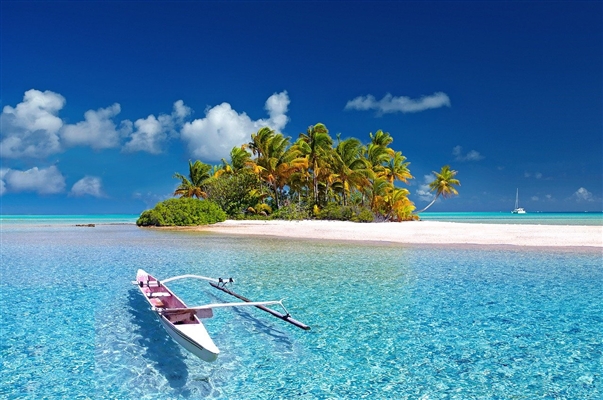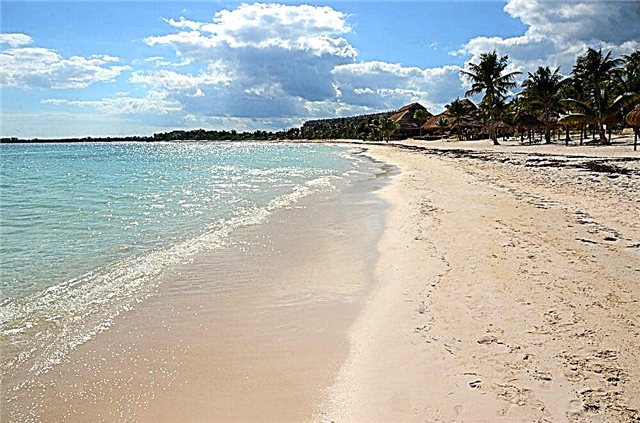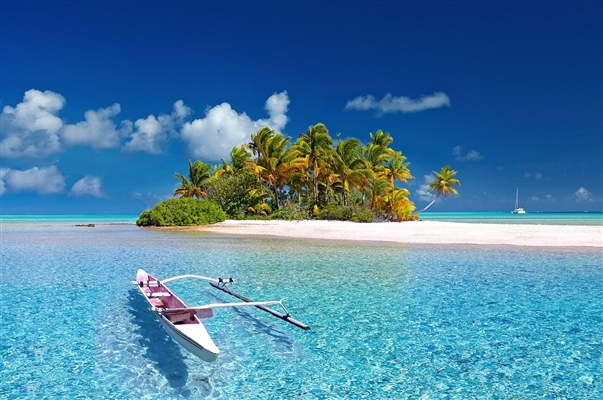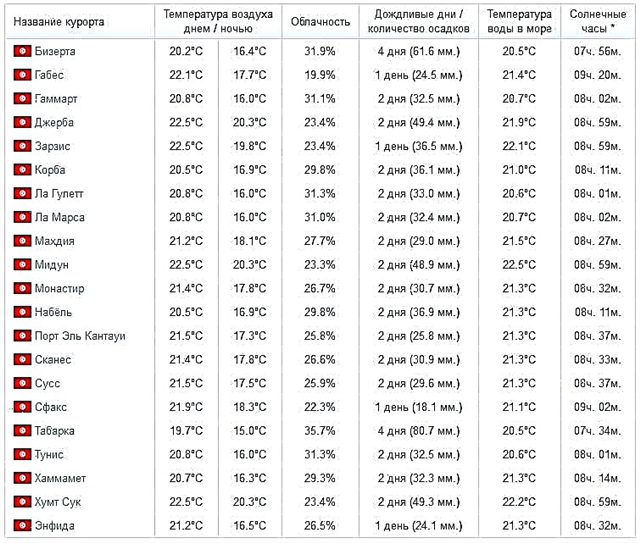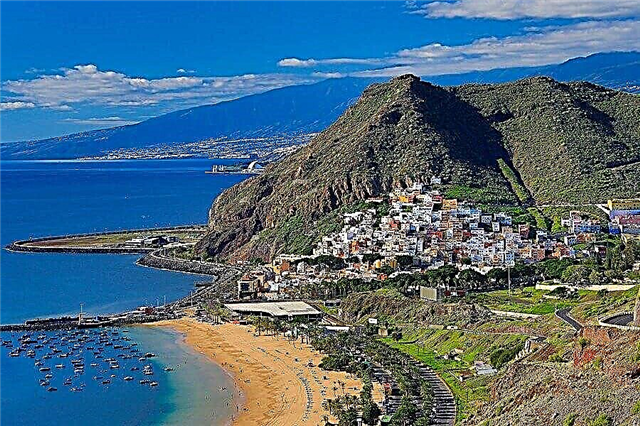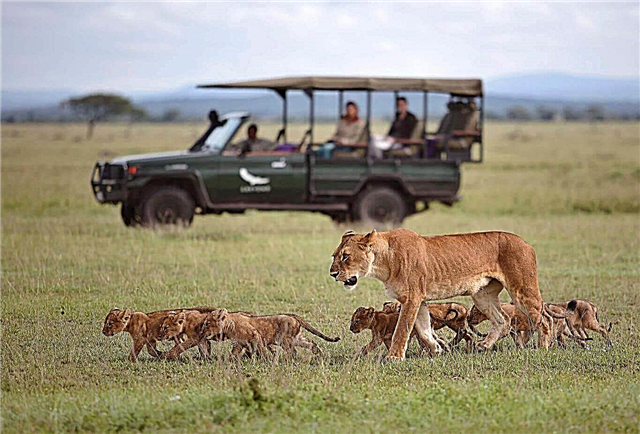The wildlife of Tanzania is the best safari destination on the African continent. The species diversity in certain parts of the country may differ, but it is invariably rich. In the recent past, some of these areas were hunting reserves. The government took care of preserving the populations, UNESCO joined in, so new national parks appeared.
Showers in Tanzania give way to drought, which forces animals to migrate. This phenomenon is best observed in the Serengeti - the most popular park in the country. Another iconic place is Kilimanjaro. You can climb the highest mountain in Africa even without special mountaineer training. Each park has its own peculiarities, so when choosing a destination, you need to rely on your tastes and do not forget about the rainy seasons, so as not to spoil your vacation.
The best national parks in Tanzania
The most popular, interesting and beautiful protected areas of the country. List, photo with titles and description!
Serengeti
Tanzania's most famous national park. It was founded in 1951 and covers an area of more than 14.7 thousand km². It borders on the Kenyan reserve of Masai Mara. The rainy season lasts throughout the spring. This park is most often chosen for safari by European tourists. First of all, they come to see the lion prides. The main feature is the great migration of animals, which starts during the dry autumn period.

Ngorongoro
Located near the border with Kenya. It is part of the Serengeti and is a crater with a diameter of 19 km, surrounded by rocks. The area of 6,500 km² is home to a huge number of animal species, including the rare serval and the African bicorno rhinoceros. For this reason, Ngorongoro has received the status of an international biosphere reserve. Also, many species of birds from Europe winter on its territory.

Kilimanjaro
Founded in 1973, and since 1987 it has been a UNESCO World Heritage Site. The area is constantly increasing and now it is 1668 km². The rainy season is from April to June and from November to December. Snowfalls also occur. The park is home to the highest point in Africa - Mount Kilimanjaro. For lovers of conquering the peaks, 6 climbing routes have been laid. Fishing on Lake Chala is also available to tourists.

Arusha
It is spread over 137 km² and has its current status since 1960. The city of the same name is only 40 km away. Arusha is a paradise for birdwatchers: 400 species of birds are found in the park. Some of them are permanent inhabitants, others stop during the migration period. Local forests are characterized by a contrast - the proximity of cedar and tropical trees. Climbing the dormant volcano Meru attracts climbers.

Gombe Stream
The smallest national park in the country: its area is 52 km². Located in western Tanzania. Nearby is the border with Congo. The area is made famous in large part by the primate researcher Jane Goodall. Her project was launched in the 60s of the last century, several years before the official creation of the park. In addition to monkeys, Gombe Stream is famous for a variety of birds. Representatives of about 200 bird species are found here.

Katavi
It is located away from popular tourist destinations, so there are few visits. Founded in 1974. Part of the territory of the total area of 4471 km² is occupied by untouched forests. The highlight of the local safari is the observation of hippos and giraffes. There are guided hiking trails. Herbaceous fields and more than 220 tree species form the basis of the Katavi flora. Seasonal lakes are formed during heavy rains.

Kitulo
Occupies 412.9 km² on the plateau of the same name. The national park was organized in 2002. The main goal is to protect 45 species of orchids and other plants. 30 local endemics - flowers. The Kaffir African bustard is found only in Kitulo. Botanists from all over the world come here for research. The park is a rare place in Tanzania where bike tours are comfortable. The nearby town is Matamba. It is an hour's drive to it.

Mahali Mountains
In orientation it is comparable to the Gombe Stream, but more in size and species diversity. It has existed since 1985 on an area of 1613 km². It has the largest population of chimpanzees in the country, and there are plenty of other primates too. The park has not been fully explored; work on the classification of its territory is still under way. It is already known that at least 500 endemics grow in the Mahali mountains.

Lake Manyara
Since 1965, an area of 320 km² has been considered a national reserve, and since 1981, at the suggestion of UNESCO, a biosphere reserve. Located in the Rift Valley, Lake Manyara occupies approximately 70% of the total area of the park. The coast is inhabited by 400 species of birds. Lions can be seen on the acacia trees during the safari. The vegetation below is dense, and feral cats must climb higher to view their prey.

Mikumi
Year of foundation - 1964. Area - 3230 km². The proximity to Dar es Salaam made Mikumi a “weekend park” - people come here for the weekend. It borders on another national park and the Selous Game Reserve. The species diversity is especially striking for tourists traveling along the Mkata River. The area is decorated with rare acacias. Herds of antelope attract lions to ambush trees.

Mnazi Bay Ruvuma
Located in the southeast of the country close to the border of Mozambique. Area - 650 km². Only 30% is land, the rest is the marine park. Mangrove forests, seaweed, coral reefs - this is what Mnazi Bay Ruvuma is rich in. Tourists come to watch the migration of whales and dolphins, who are not at all afraid of people. There are about 20 settlements within the park, which also allows you to plunge into the local flavor.

Ruaha
The second largest park in the country. The area is 20,220 km². The best time to visit the Ruahu is in summer or the first half of autumn. During the safari, all attention is focused on hyena dogs, of which there are many, big cats and rare antelopes. There are also a lot of elephants: there are about 8 thousand individuals. The park is located far from big cities, so it is not very popular with tourists.

Rubondo Island
Located in Lake Victoria on the island of the same name and several nearby islands since 1977. The area of the park is 457 km². The territory is protected from direct human impact, but the reservoir itself is becoming more and more polluted. Primates, giraffes were brought to the islands, hippos and elephants are also found. Fishing is an important part of tourism. Guests of the park would like to catch 100 kg Nile perch.

Saadani
It covers an area of 1100 km ² and most of it is the coast of the Indian Ocean. There are no other national parks on the coast in Tanzania. Founded in 2005, it replaced the hunting reserve. Zanzibar is only 40 km away. High humidity has contributed to the emergence of evergreen mangrove forests. Combined with other factors, this makes Saadani stand out from other parks: plant and animal species differ markedly.

Mafia Island
Located off the southern coast of the mainland. The area is flat and mostly sandy. In 1995, a marine reserve was established here on an area of 822 km². It includes: the southern part of the Mafia, coastal waters and small islands. The main purpose of creating a special zone is to protect the reefs. There are 400 species of fish here. The area is suitable for diving, but there are restrictions due to the occasional appearance of sharks.

Jozani Chwaka Bay
Island National Park located in Zanzibar. Area - 50 km². Its main animal species is the red colobus. There are about a thousand of these primates, and the population is closely monitored. Dolphin watching and deep sea fishing are the main tourist attractions in the park. They are trying to create a high-class ecotourism zone. Many organizations sponsored local development programs.

Tarangire
One of the most visited parks covers an area of 2850 km². Founded in 1970 in the northern part of the country. It is always crowded in high season. Breeding bird watching is year-round, and elephants concentrate within Tarangire during the dry season. The only river dries up almost completely for several months during this period, and the marshland is covered with cracked crust.

Udzungwa Mountains
Located in central Tanzania. Area - 1990 km². The heights in the park range from 250 to 2576 meters. Feature - unstable rainy seasons. Only the period from early summer to mid-autumn is dry. Hiking trails for tourists have been laid. They vary in difficulty levels. On some, given the mountainous terrain, physically weak people have nothing to do. Sanje waterfall is a magnet for park guests.

Mkomazi
In 2008, the status of a hunting reserve in this area was changed to a national park. The area is 3245 km². It borders on the Kenyan park Tsavo West. The name Mkomazi is translated from the language of one of the tribes as "a spoonful of water". 70% of the territory is meadows. Where the soil is rocky, baobabs grow. A special zone has been set aside for black rhinos: you can look from a distance, you cannot go beyond the line, since the species is under the threat of extinction.

Selous
In terms of its size, it knows no equal in Tanzania. The area is 47,500 km², that is, about 5% of the country's territory. The name was given in honor of a fighter for nature conservation. Tourists can be accommodated right within the park. Tourists are brought all year round by charter flights or by car, but only during dry periods. Several types of safaris are available, including hiking trails. There is a hunting reserve in the southern part of Selous.



